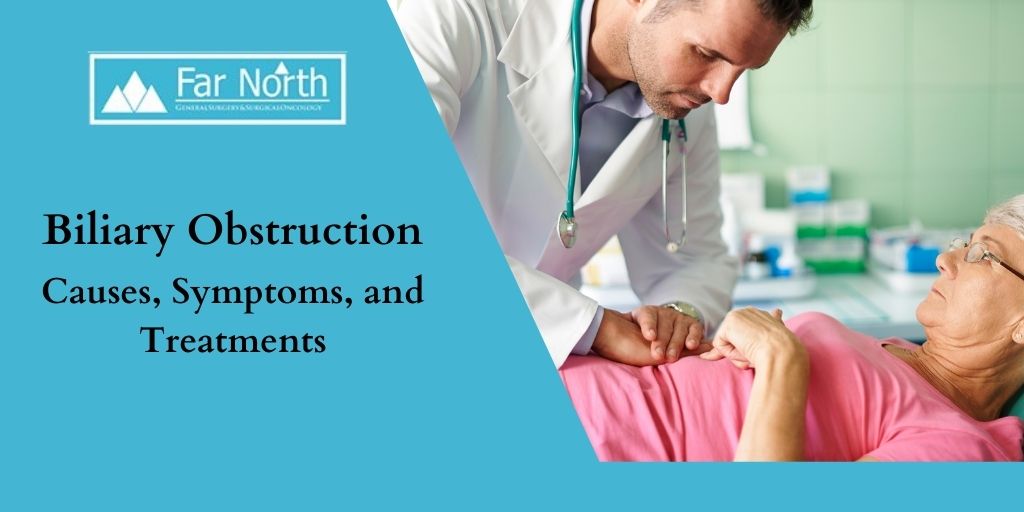


Also known as bile duct obstruction, biliary obstruction is a blockage in one of the ducts that transport bile from the liver to the small intestine through the gallbladder. Bile is a liquid produced by the liver that contains bile salts, cholesterol, and waste products like bilirubin that help digest fats. From the liver, the bile passes via a network of bile ducts (also referred to as biliary tree) and accumulates in the gallbladder. After you have eaten a meal, the bile is released from the gallbladder into the small intestine to help digest food and break down fat.
Biliary obstruction occurs when one of the bile ducts becomes blocked, leading to the bile collecting in the liver and bilirubin shooting up in the bloodstream. The following are a few potential causes resulting in biliary obstruction:
Risk factors for bile duct obstruction include:
Symptoms of bile duct obstruction will vary – they may be severe and abrupt or may appear slowly over the years. Common symptoms experienced by patients include:
Jaundice (yellowing of the skin or eyes) due to the build-up of bilirubin in the bloodstream
The main objective of the treatment is to relieve the bile duct blockage. Depending on the underlying cause of the blockage, your doctor may suggest several treatment options.
Gallstones may be removed from the bile duct using endoscopic retrograde cholangiopancreatography (ERCP). The doctor may even recommend a cholecystectomy to remove the gallbladder to prevent recurring blockages in the future.
If the obstruction is formed because of cancer, surgical procedures may be suggested to stretch and drain the ducts. This will be done using an endoscope or by dilating the duct to widen it.
When left untreated, biliary duct obstruction can lead to possible complications such as liver disease like biliary cirrhosis, infections, sepsis, the build-up of bilirubin in the bloodstream, and inflammation of the gallbladder.
While most causes of biliary obstruction are usually unpreventable, experts believe that making a few changes in your diet and weight can make you less susceptible to developing this condition. Add more fiber to your diet, and lower your intake of saturated fats, cholesterol, and sugar, to prevent gallstones. With the help of exercise and a nutritious diet, work towards achieving a healthy weight.
To learn more about biliary obstructions and its preventive measures, contact us.